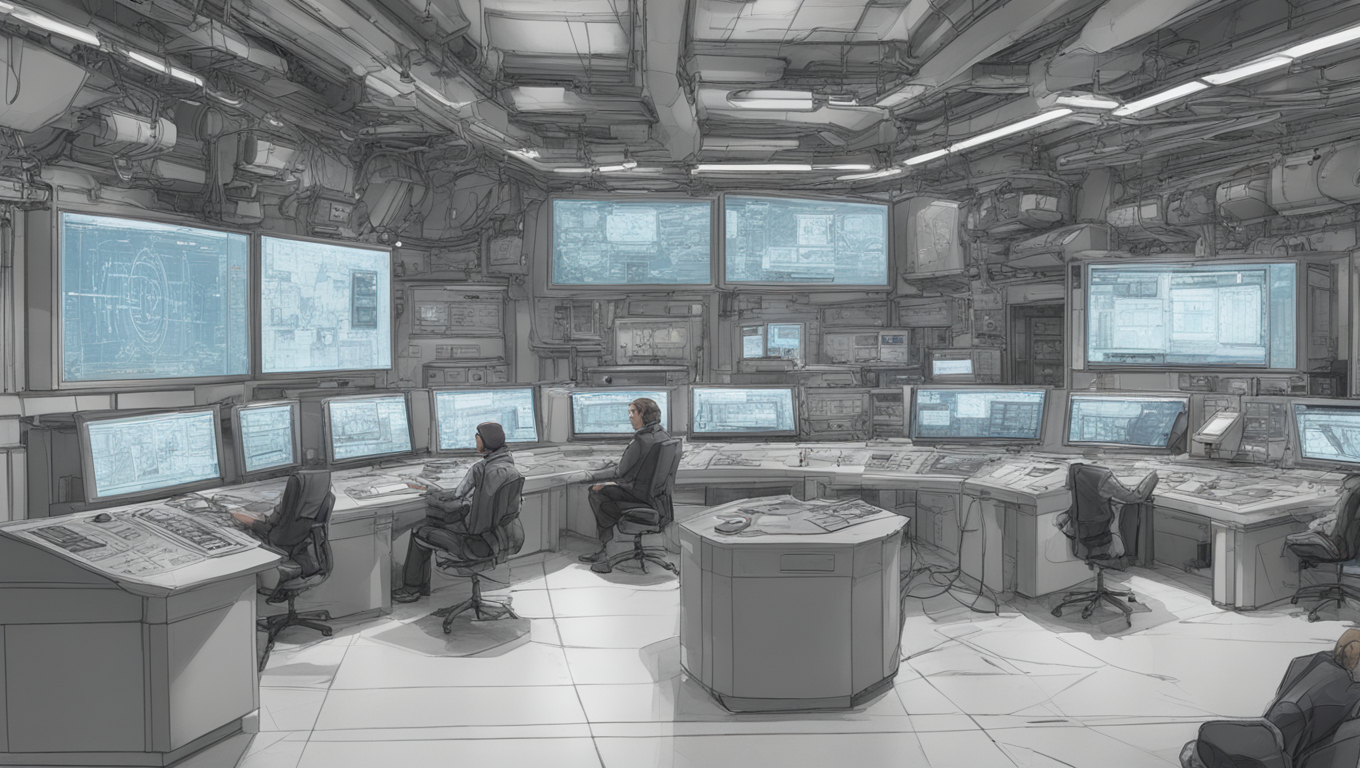Artificial intelligence (AI) is revolutionizing the nuclear industry, and the Idaho National Laboratory (INL) is at the forefront of developing applications that not only streamline processes but also enhance safety at nuclear power plants. At a recent expo held at the Energy Innovation Laboratory in Idaho Falls, INL scientists showcased 15 projects on AI and machine learning, demonstrating the incredible advancements being made in this field.
The goal of these projects is to create technologies that can be deployed by the nuclear industry and utilized by nuclear utilities. By utilizing computers that mimic cognitive functions and employ advanced algorithms, researchers can analyze and solve complex technical challenges more effectively. This new approach is being applied to everything from improving materials design for advanced reactors to enhancing nuclear power plant control rooms for increased efficiency.
One of the impressive technologies on display at the conference was RAVEN (Risk Analysis Virtual ENvironment), an open-source framework that combines machine learning, AI, and digital twinning. This multifunctional platform has the potential to greatly enhance risk analysis in the nuclear industry.
Another noteworthy project showcased at the expo was Inspection Portal, which is part of the light water reactor sustainability program. This machine learning technology aggregates and analyzes data from human-submitted reports to identify trends and optimize the operation of nuclear power plants. The program is trained on millions of industry records, making it a powerful tool in improving plant operations.
AI is also being utilized to improve image detection in nuclear plants, making it easier to read gauges, identify anomalies, and even detect fires. These advancements have the potential to reduce the need for human personnel to perform mundane tasks, freeing them up for more meaningful and higher-level work.
Additionally, there are AI systems being developed that evaluate the economics of different energy mixes, analyzing factors such as reliability and cost-benefit. These systems help determine the most effective output from various energy sources, such as nuclear power plants, hydro plants, and solar facilities, to meet electricity demands while optimizing economic benefits.
Some of the applications showcased at the expo utilize existing AI programs, while others were developed in-house at the Idaho National Laboratory. According to Katya Le Blanc, a human factors scientist at INL, “Sometimes, it requires that you develop it. There’s not a model that can do what you need it to do, but sometimes there’s something that already exists that you can adapt. It varies depending on the situation, but there’s no reason to start from scratch.”
The Artificial Intelligence and Machine Learning Expo, now in its second year, hopes to expand and collaborate with other experts in the AI space to further share and advance research occurring at the Idaho National Laboratory. The opportunity to interact with researchers and explore the practical applications of AI is exciting for attendees, providing valuable insights into the future of the nuclear industry.
As AI continues to evolve and be implemented in the nuclear industry, its potential to streamline processes, enhance safety, and optimize energy output is becoming increasingly evident. With the ongoing advancements being made at the Idaho National Laboratory and other research institutions, the nuclear industry is poised to benefit greatly from the power of artificial intelligence.





Use the share button below if you liked it.